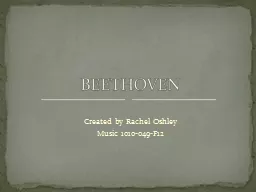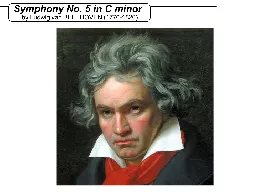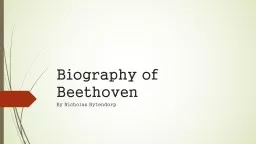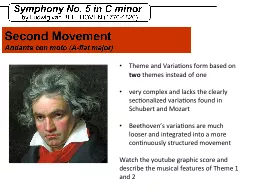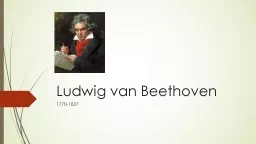PDF-T Ludwig van Beethoven Sonata in E flat Op
Author : briana-ranney | Published Date : 2015-04-23
81a Sonate caracteristique Les adieux labsence et le retour A commentary on the first movement Jack Day 200 MusicTeacherscouk USIC EACHERSCOUK the internet service
Presentation Embed Code
Download Presentation
Download Presentation The PPT/PDF document "T Ludwig van Beethoven Sonata in E fla..." is the property of its rightful owner. Permission is granted to download and print the materials on this website for personal, non-commercial use only, and to display it on your personal computer provided you do not modify the materials and that you retain all copyright notices contained in the materials. By downloading content from our website, you accept the terms of this agreement.
T Ludwig van Beethoven Sonata in E flat Op: Transcript
Download Rules Of Document
"T Ludwig van Beethoven Sonata in E flat Op"The content belongs to its owner. You may download and print it for personal use, without modification, and keep all copyright notices. By downloading, you agree to these terms.
Related Documents

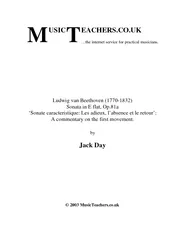
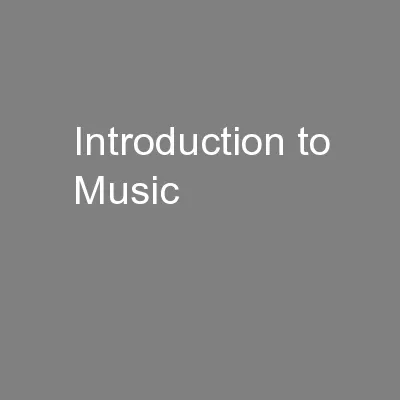
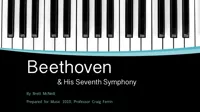
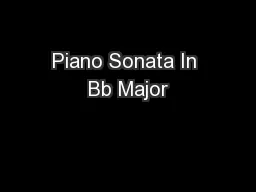
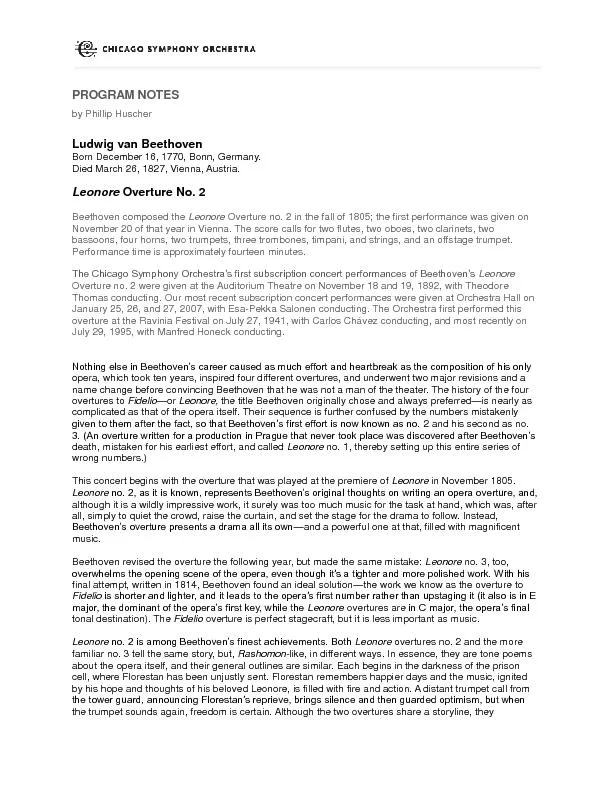
![annitti: Ludwig C.A.K. Martens [Feb. 18, 1921]](https://thumbs.docslides.com/487743/annitti-ludwig-c-a-k-martens-feb-18-1921.jpg)
